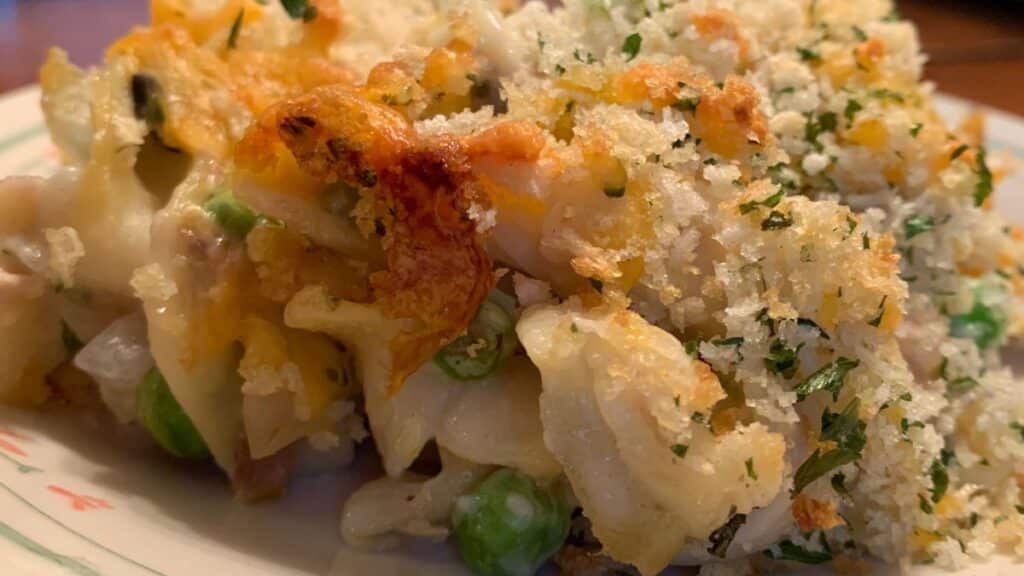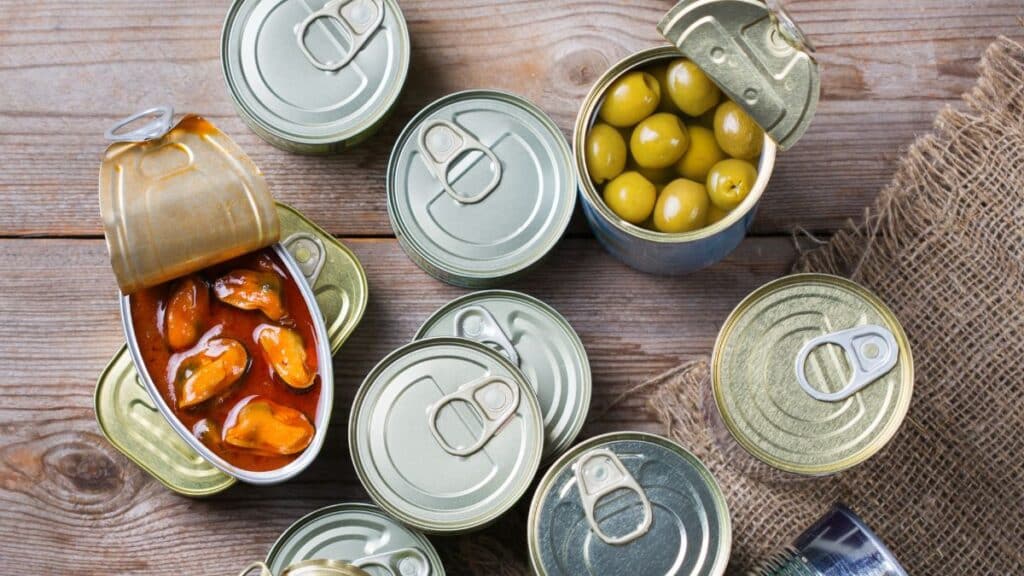Grocery runs don’t look the same lately. Some items that used to be available everywhere are harder to track down. Stores are still stocked, but some everyday products are slipping away. Shoppers are having to swap in new options when their favorites aren’t there. Here are seven items that seem to be disappearing from grocery shelves.
Canned Tuna

Canned tuna, once a budget pantry hero, is seeing both tighter supply and waning popularity. Regulatory limits on small fish catches have hit Vietnam’s production hard, reducing raw materials for tuna processors—and pushing global prices higher. As a result, many stores are shelving less of it than before. SeafoodSource reports that new regulations limiting skipjack catch sizes have significantly impacted availability.
💸 Take Back Control of Your Finances in 2025 💸
Get Instant Access to our free mini course
5 DAYS TO A BETTER BUDGET
Frozen Orange Juice

Frozen orange juice concentrate, once a refrigerator staple, is now less common. Florida’s citrus industry has been pummeled by disease and severe weather, limiting supply. Without enough crop yield, concentrates are being pushed off shelves in favor of higher-margin fresh juices or ready-to-drink options. Consumers report seeing fewer cans of the classic breakfast staple year after year.
Packaged White Bread

The white sliced loaf is steadily being sidelined. Shopper preference for multigrain, sourdough, and artisan-style breads has grown, prompting grocers to reallocate shelf space to these trending favorites. While some chains still carry white bread, the offerings are shrinking. The shift reflects both changing tastes and a growing embrace of perceived “healthier” choices.
Boxed Cake Mix

Boxed cake mix used to be a quick dessert fix—a post-pandemic staple for home bakers. Now, many households skip it in favor of baking from scratch, premade baked goods, or alternative dessert options. Retailers cite declining demand as they reconfigure baking aisles for emerging trends. The change mirrors a broader move toward freshness and homemade authenticity.
Canned Vegetables

Once a resilient fallback for meals, canned vegetables are losing ground to fresher and frozen options perceived as healthier and better tasting. Brands have quietly trimmed offerings like canned peas, beans, or mixed vegetables. The shift represents evolving health narratives and faster alternative formats winning shopper attention.
Bottled Salad Dressing

With growing interest in homemade dressings—olive oil, vinegar blends, and DIY flavor mixtures—bottled dressings are seeing a slowdown. Consumer surveys show flat or declining sales, and chains are discounting or reducing varieties that linger unsold.
Health-conscious shoppers are driving this shift toward cleaner, customizable options that feel more transparent and less processed.
Single-Serve Yogurts

Giant walls of flavored yogurt cups are shrinking. Younger consumers are choosing multi-serve tubs or plant-based alternatives instead. Industry data shows overall yogurt sales are strong, but single-serve formats are flattening as demand moves toward more sustainable and value-friendly containers.
TrilogyFlavors’ market snapshot highlights how sales of drinkable and bulk formats are rising while traditional mini-cup yogurt is losing shelf share.
A Shifting Grocery Landscape

If your go-to items vanish, try stocking up with store-brand or generic alternatives. Shift toward fresh or frozen counterparts when possible—nutrients and price often align. For DIY items like dressings or desserts, simple recipes can replace packaged versions affordably. And when items disappear, it’s often a cue to experiment with something new rather than lament the loss.
13 Industry Secrets Grocery Stores Use To Make You Buy More

Grocery shopping can feel like a chore, but it’s also full of clever ploys designed to get more money from you than you realize. Stores are pros at getting you to buy more than you planned, often without you even noticing. Here’s how they do it—and how you can outsmart them. 13 Industry Secrets Grocery Stores Use To Make You Buy More



